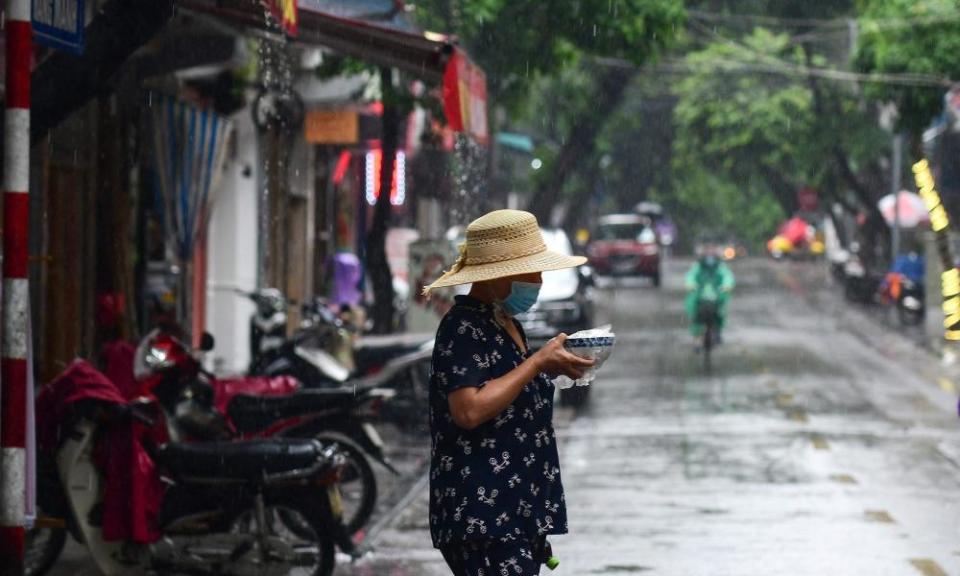Weatherwatch: sea rises threaten low-lying land in Vietnam

Long and narrow, stretching from 9 to 23 degrees north of the equator, Vietnam is situated totally within the tropics. Like many countries in south-east Asia, it has a monsoon climate, with two distinct seasons, dominated by moist southerly winds in late spring and summer, and drier northerly ones in autumn and winter.
These, in turn, lead to very different weather patterns between the two main seasons. The summer monsoon is characterised by heavy rain, with Hanoi, the capital in the north, and Ho Chi Minh City (formerly Saigon) in the south experiencing downpours. These are also sometimes associated with typhoons, from June to November. Temperatures vary far more in the north: in Hanoi, the winter nights can be quite cool; while in the south, there is far less variation, with daily maxima in the low-to-mid 30s and night-time minima in the low 20s C.
In the highlands of the north and west, which reach an altitude of almost 2,500 metres (more than 8,000ft), the climate is more temperate in character, with cold, sunny winters but hot, wet summers.
Like much of the region, Vietnam is threatened by flooding and sea rises caused by the human-made climate crisis. More than 15% of the country is below five metres above sea level – compared with just 4.2% in the UK. Of the world’s larger mainland nations, only the Netherlands has more low-lying land.

 Yahoo Finance
Yahoo Finance 